Description
A simple Home2Lab Test for measuring HbA1c to detect and monitor Type-2 Diabetes. Your HbA1c value tells you the weighted average level of your blood glucose levels over a period of 120 days and is used to diagnose and monitor Diabetes. The test also measures different types of fatty acids in blood. Maintaining the right balance between the fatty acids is critical for reducing chronic inflammation which lowers the risk of diabetes.
Analytes Measured
HbA1c | Estimated Blood Glucose (eAG)
13 Fatty Acids | Omega-3 Index
AA/EPA Ratio
Sampling Type
Finger prick blood sample on DBS Card; Home2Lab Test
Diabetesplus Test
₹2,950.00
Only customers holding Indian debit or credit cards may place their order through this portal. International customers are requested to write to us at info@lipomic.com so that we may assist them in placing the order.
What’s Measured
HbA1c provides a reliable measure of chronic glycemia and correlates well with the risk of long-term diabetes complications and is considered the test of choice for monitoring and chronic management of diabetes. ICMR (Indian Council for Medical Research) diabetes guidelines from 2018 recommends an HbA1c value of less than 7% (53 mmol/mol) as the target level1.

Estimated Blood Glucose (eAG) relates % HbA1c to an estimated average of your blood sugar levels over a period of 2 to 3 months. The unit used is mg/dL which is the same unit used in home glucometers, making it easier for you to interpret HbA1c values. This helps you track your blood glucose levels over time and confirm self test readings.

Defined as the person’s weight divided by the height in meters squared. It is the first indicator of an imbalanced body. BMI is a general health index that measures body fat based on height and weight, and applies to most adult men and women aged 20 and above.

The Omega-3 Index represents the amount of Eicosapentaenoic acid (EPA) and Docosahexaenoic acid (DHA) levels in blood. The recommended levels of
EPA+DHA in your blood should be above 8%.2 Recent scientific studies suggest that higher Omega-3 index is linked to increased insulin sensitivity and a more favorable metabolic profile.

Arachidonic acid (AA) is a precursor to a number of pro-inflammatory mediators(eicosanoids). Eicosapentaenoic Acid (EPA) is a key anti-inflammatory long chain Omega-3 fatty acid. AA:EPA is recommended as a marker of chronic inflammation, which may play a role in causing several conditions such as hypertension, high cholesterol, cardiovascular disease and diabetes. An AA/EPA ratio between 1.5 and 3.0 is desirable.

H2L Testing
How It Works
Lorem ipsum dolor sit amet consectetur adipisicing elit. Aliquam perspiciatis et, aspernatur enim iste consectetur aperiam praesentium perferendis molestiae maiores deleniti magnam quasi, molestias laudantium quisquam eaque architecto velit sint beatae sequi! Ex fuga praesentium perspiciatis eum necessitatibus voluptatum odit accusamus. Quae vel commodi necessitatibus molestias consequuntur nam ex reiciendis a, natus saepe repudiandae impedit fugiat sint sunt recusandae facere et quam sapiente culpa, repellendus consectetur inventore tempore nisi ab. Et, minus. Fugit, iure. Qui quas dolorem explicabo eos? Aliquid eligendi amet ab quasi eos sequi distinctio dicta quae necessitatibus aperiam natus molestias reprehenderit sed eveniet recusandae illo unde nemo fuga omnis, officia voluptates aliquam quia hic. Culpa, voluptates ad?
Lorem ipsum dolor sit amet consectetur adipisicing elit. Numquam inventore odio, vitae sequi commodi delectus explicabo neque asperiores praesentium dolores eveniet quae dolorem provident, aliquam, quisquam vel ipsam modi exercitationem?
Lorem ipsum, dolor sit amet consectetur adipisicing elit. Qui eum beatae ducimus omnis. Culpa repellat obcaecati consequatur ut adipisci perspiciatis facilis!
Frequently Asked Question

Diabetes mellitus is characterized by persistent hyperglycemia and is the most prominent disease related to failure of blood sugar regulation. Insulin, a hormone made by the pancreas, helps glucose nter your cells in order to be used for energy. Sometimes your body doesn’t make enough—or any—insulin or doesn’t use insulin well. Glucose then stays in your blood and doesn’t reach your cells. Over
time, having too much glucose in your blood can cause health problems.
Hemoglobin (Hb) is the predominant protein found in red blood cells. It gives blood its red color, and its main function is to carry oxygen throughout the body. As glucose builds up in the blood, it binds to the hemoglobin in the red blood cells. The HbA1c test measures the amount of hemoglobin with attached glucose. An HbA1c result of 6.5% implies that HbA1c accounts for 6.5% of the total hemoglobin in your blood. Red blood cells are produced continuously in our body and live for about 120 days. The level of HbA1c at any time is contributed by all circulating RBCs, from the oldest (120 days) to the youngest.
Arachidonic Acid (AA) and Eicosapentaenoic acid (EPA) are dietary fatty acids of Omega-6 and Omega-3 type respectively. AA and EPA are precursors to the most important inflammatory mediators (Eicosanoids) and are thus biomarkers for inflammation. Higher the AA to EPA ratio, greater the likelihood of developing chronic and lifestyle diseases such as Diabetes, Heart Disease, Asthma, Alzheimer’s, Autoimmune diseases and CKD. The recommended optimal level of AA to EPA ratio is less than 3:1.5 An effective dietary intervention to reduce AA in the body is through a reduced intake of dietary animal sources—meat, eggs, dairy—or to reduce the intake of plant oils and grains rich in Linoleic acid.
Some factors may interfere with the accuracy of A1C test results. These include – pregnancy, recent or heavy blood loss, recent blood transfusion, conditions that result in insufficient red blood cells (anemias).
If you have any of the following diabetes symptoms, you should get your HbA1c levels tested.
- Urinate (pee) a lot, often at night
- Excessive thirst
- Weight loss
- Frequent hunger
- Blurry vision
- Numb or tingling hands or feet
- Fatigue
- Delayed Healing
- Prone to infections
Resources

- https://main.icmr.nic.in/sites/default/files/guidelines/ICMR_GuidelinesType2diabetes2018_0.pdf
- Harris, W.S. The omega-3 index: From biomarker to risk marker to risk factor.Curr Atheroscler Rep 11, 411 (2009).
https://doi.org/10.1007/s11883-009-0062-2 - Albert, B., Derraik, J., Brennan, C.et al. Higher omega-3 index is associated with increased insulin sensitivity and more favourable metabolic profile in middle-aged overweight men. Sci Rep 4, 6697 (2014).
https://doi.org/10.1038/srep06697 - Furman D, Campisi J, Verdin E, et al. Chronic inflammation in the etiology of disease across the life span. Nat Med. 2019;25(12):1822-1832. doi:10.1038/s41591-019-0675-0 https://www.ncbi.nlm.nih.gov/pmc/articles/PMC7147972/
- Nelson JR, Raskin S. The eicosapentaenoic acid:arachidonic acid ratio and its clinical utility in cardiovascular disease. Postgrad Med. 2019;131(4):268-277. doi:10.1080/00325481.2019.1607414 PMID: 31063407. https://pubmed.ncbi.nlm.nih.gov/31063407/
Get Free Brochure
Lorem ipsum dolor sit amet consectetur adipisicing elit. Quam, quasi eius explicabo nihil eum nulla, sapiente ducimus voluptate veritatis et ipsa sequi expedita laboriosam culpa aliquam officia in hic maxime praesentium, iusto laudantium odio enim ratione eaque? Necessitatibus, maiores ipsam nobis nemo veritatis dolorum tempora deserunt ipsa repellendus saepe, impedit ratione laboriosam vel, soluta amet voluptatibus cupiditate excepturi perspiciatis explicabo. Et, necessitatibus. Quasi labore perferendis neque cum sint velit quas alias laudantium debitis incidunt saepe, obcaecati officia delectus reprehenderit! Quam, cumque molestiae quos odit blanditiis enim adipisci illo repudiandae quod ipsa, vero placeat dolorum temporibus consequatur autem, atque vel quasi maiores iusto. Exercitationem totam corrupti quia facilis fugit nobis suscipit, nam modi natus rerum nisi omnis, vel, repellendus ipsam? Ex possimus eveniet, vel harum animi iure illo saepe quae enim eum aliquam unde hic ducimus accusantium repellendus non laboriosam doloremque laudantium, voluptates placeat ratione nihil nam. Ullam enim quos optio.

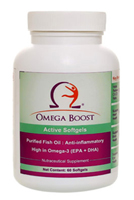
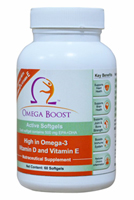
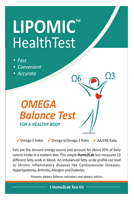
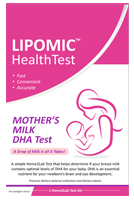
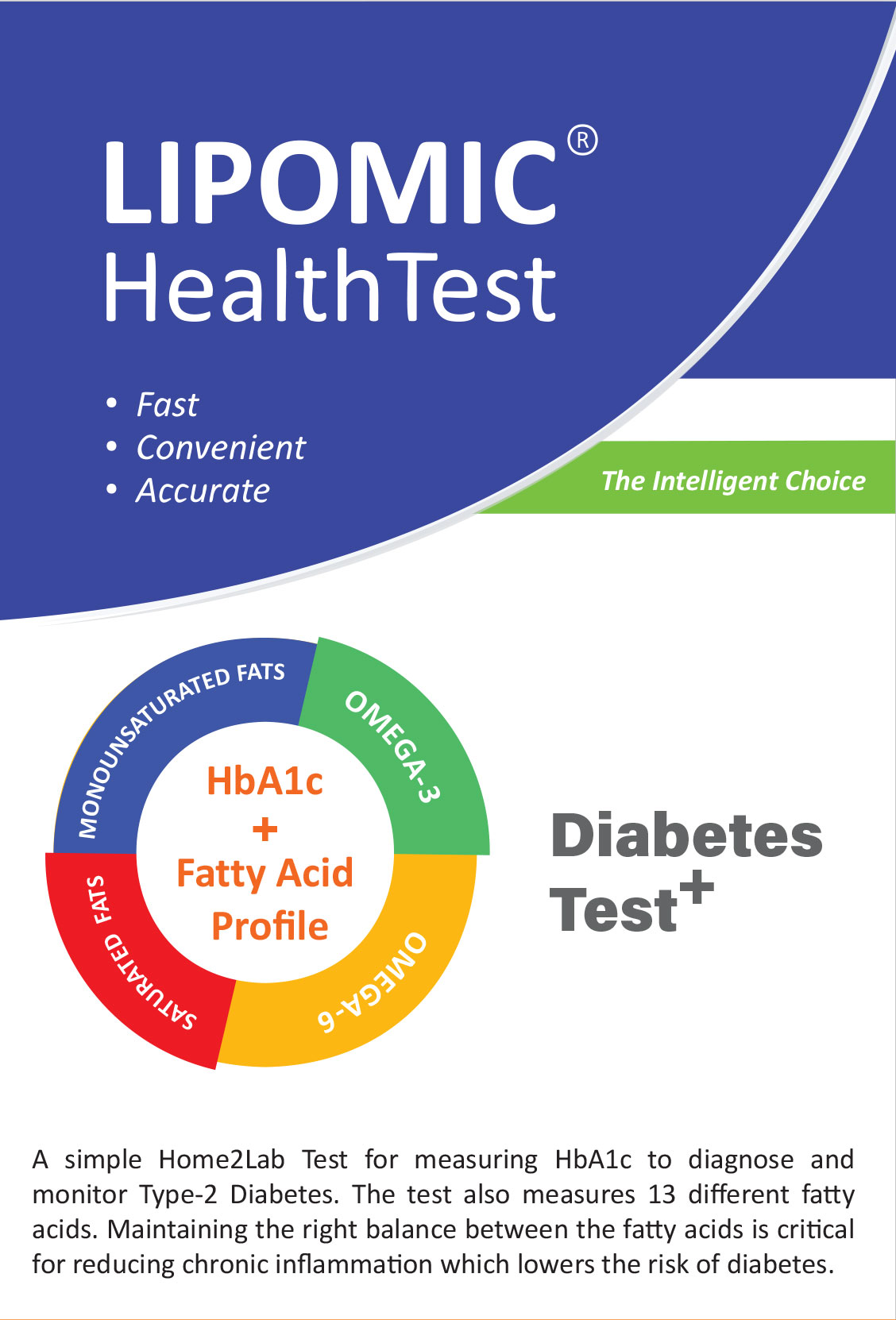
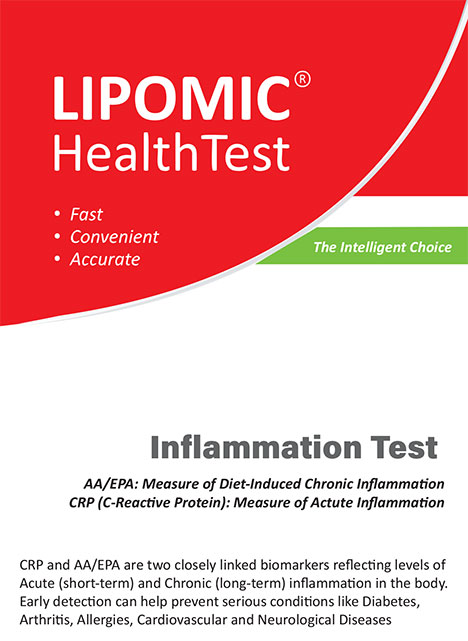


 Collect Sample at Home
Collect Sample at Home